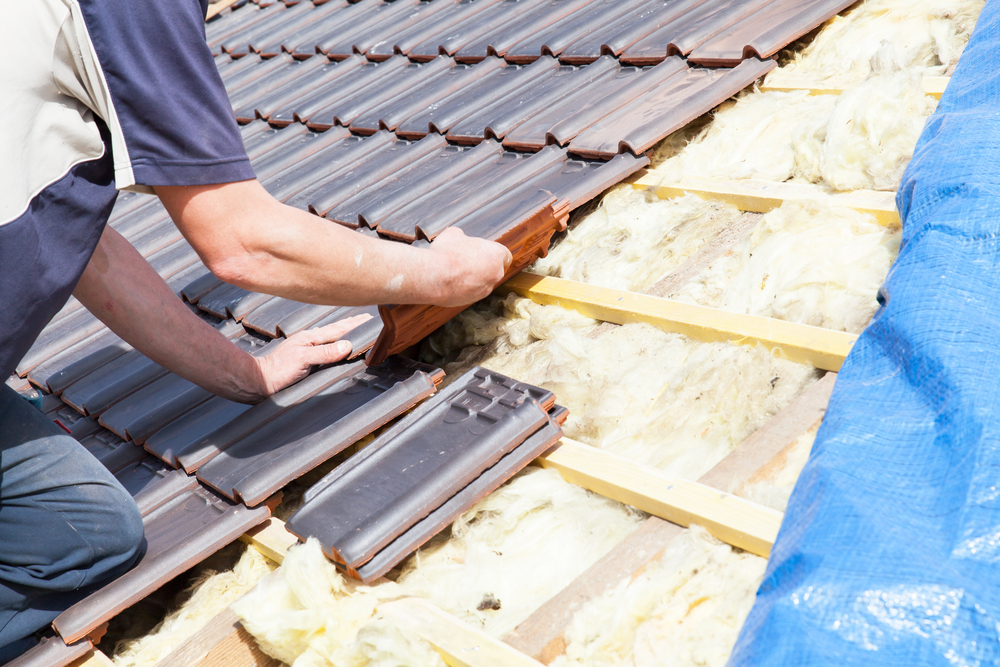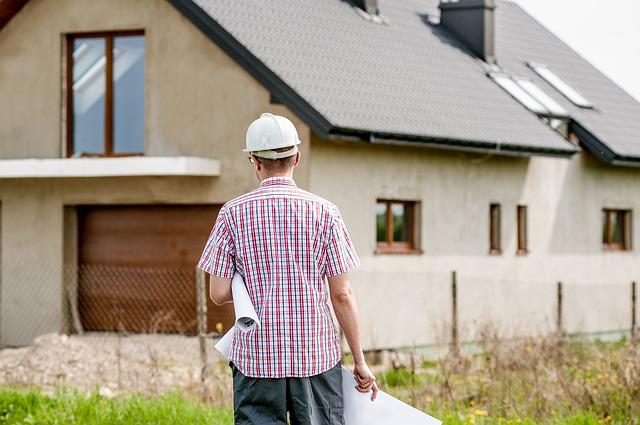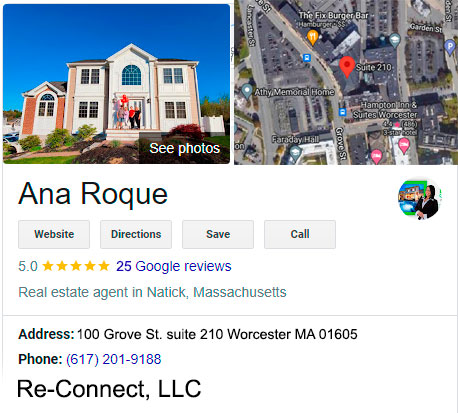How do you get money for a fix and flip?

Are you ready to take the next step to buy(or sale) your home and start building a legacy for your family?…Let me help you!
“Your Dream Home is my Mission”. I am a Brazilian Licensed Realtor at Re-Connect, LLC with 18+ years of experience in the Real Estate industry. I speaks 3 languages (Portuguese, English, Spanish). Let me join your journey in the Real Estate Industry, and receive my assistance above and beyond to accomplish your DREAM!
CALL NOW: (617) 201-9188 Ana Roque | 100 Grove St. Suite 210 Worcester MA 01605
Related posts:
Can a 65 year old get a 30 year mortgage?
Can a 65 year old get a 30 year mortgage?
Yes, a 65-year-old can typically qualify for a 30-year mortgage as long as they meet the lender's criteria,...
October 18, 2024Can you build a second house in your backyard in Massachusetts?
Can you build a second house in your backyard in Massachusetts?
In Massachusetts, whether you can build a second house in your backyard depends on lo...
October 15, 2024Why is a townhouse cheaper than an apartment and a house?
Why is a townhouse cheaper than an apartment and a house?
The price difference between townhouses, apartments, and standalone houses generally comes ...
October 11, 2024Can I inherit my parents' house while they are alive?
Can I inherit my parents' house while they are alive?
Yes, it is possible to inherit your parents' house while they are still alive, but the proces...
October 8, 2024What happens to your mortgage when you die?
What happens to your mortgage when you die?
When you die, what happens to your mortgage depends on several factors, including the type of mortg...
October 4, 2024Town House vs. Single-Family Home: Which Is the Better
Town House vs. Single-Family Home: Which Is the Better
When deciding between a townhouse and a single-family home, the best choice depends on...
October 1, 2024







